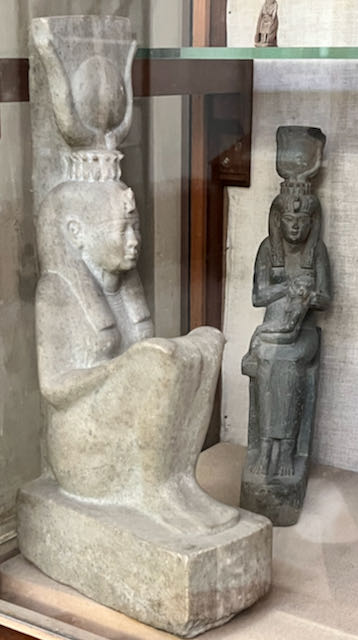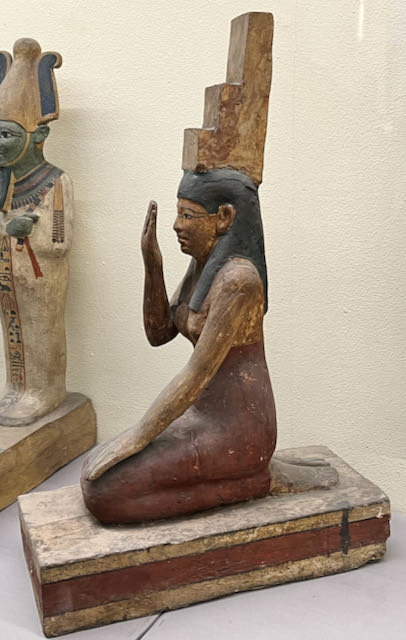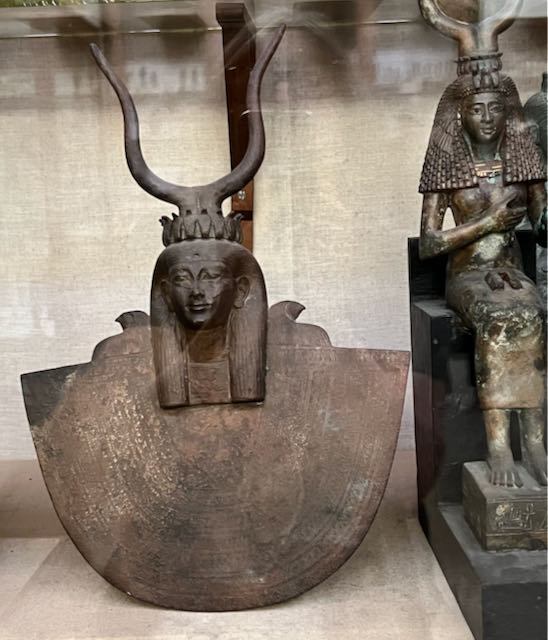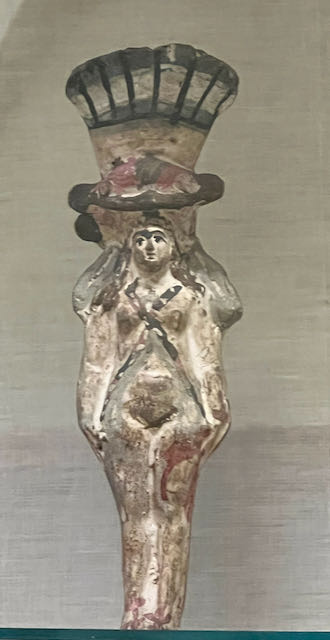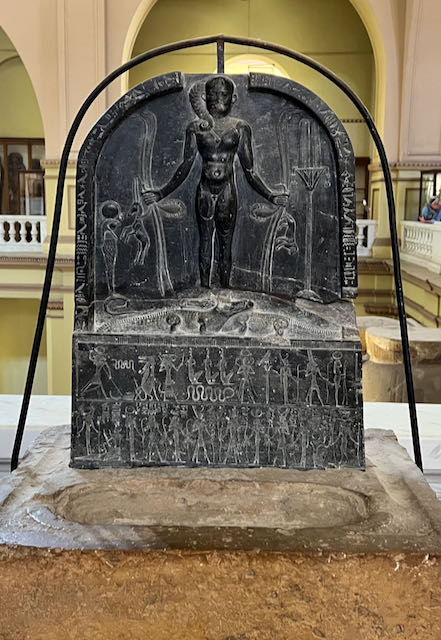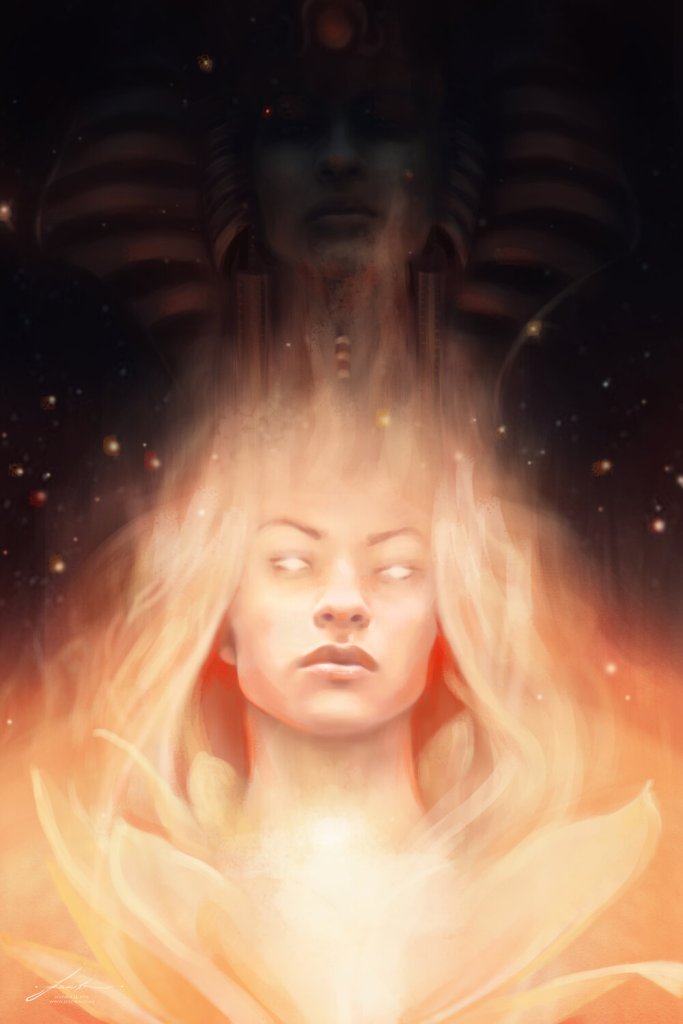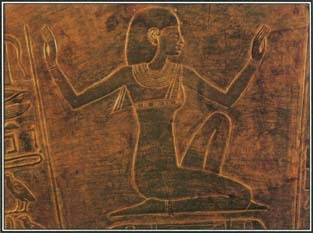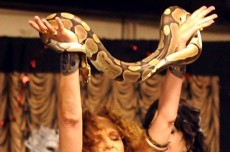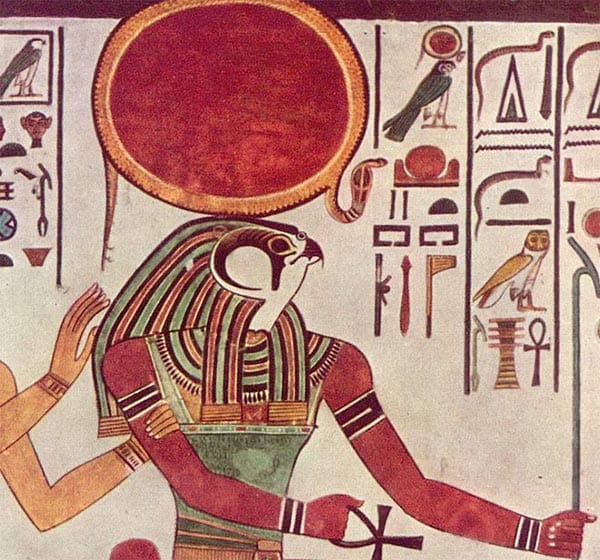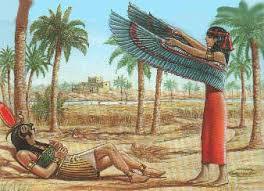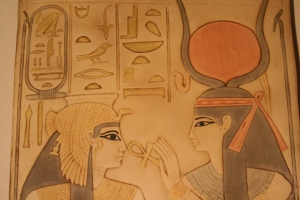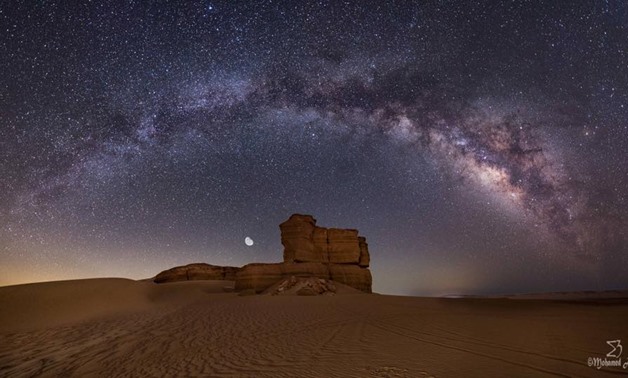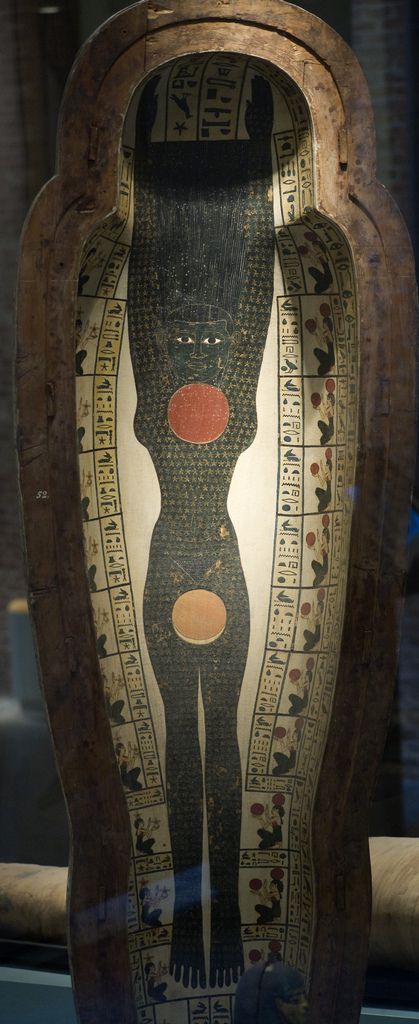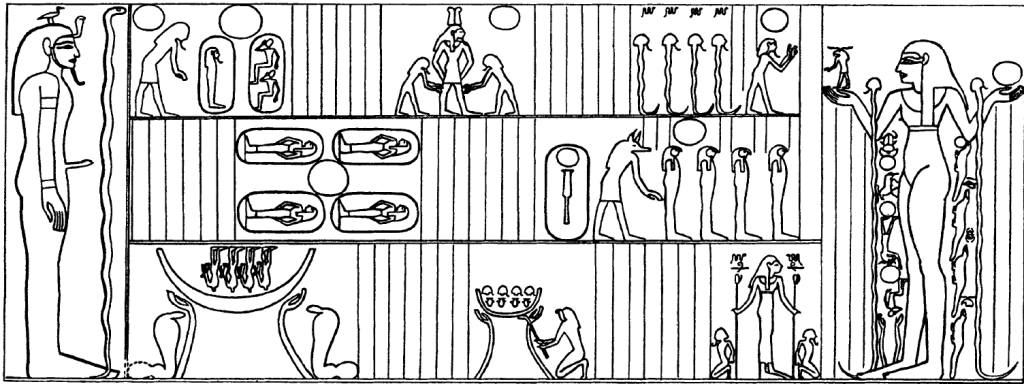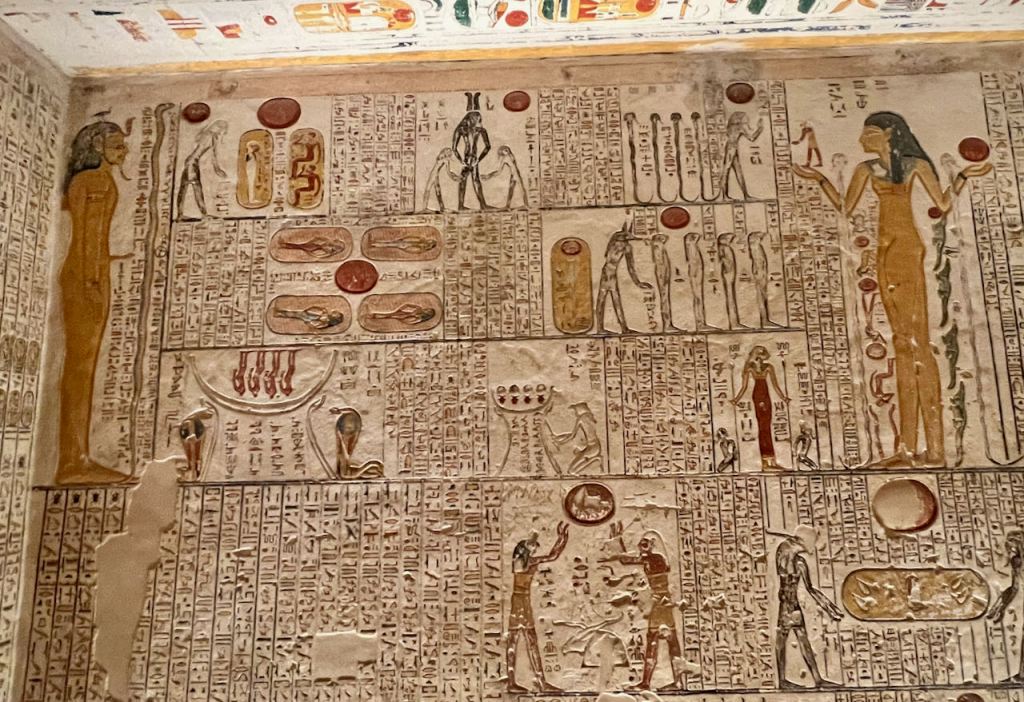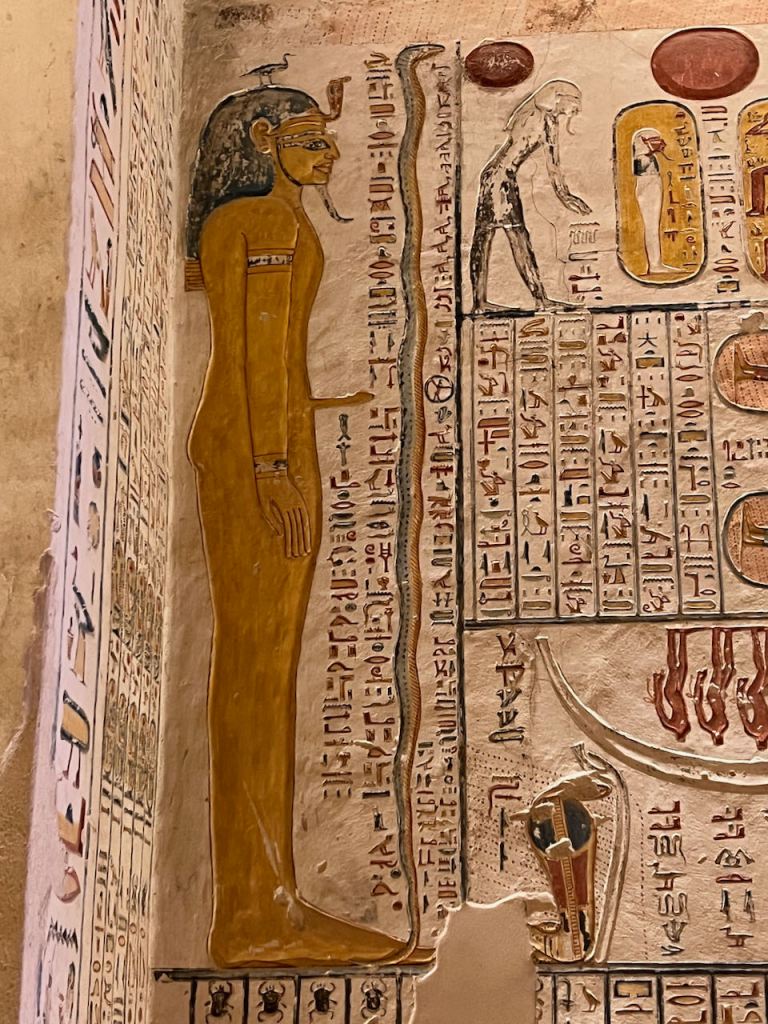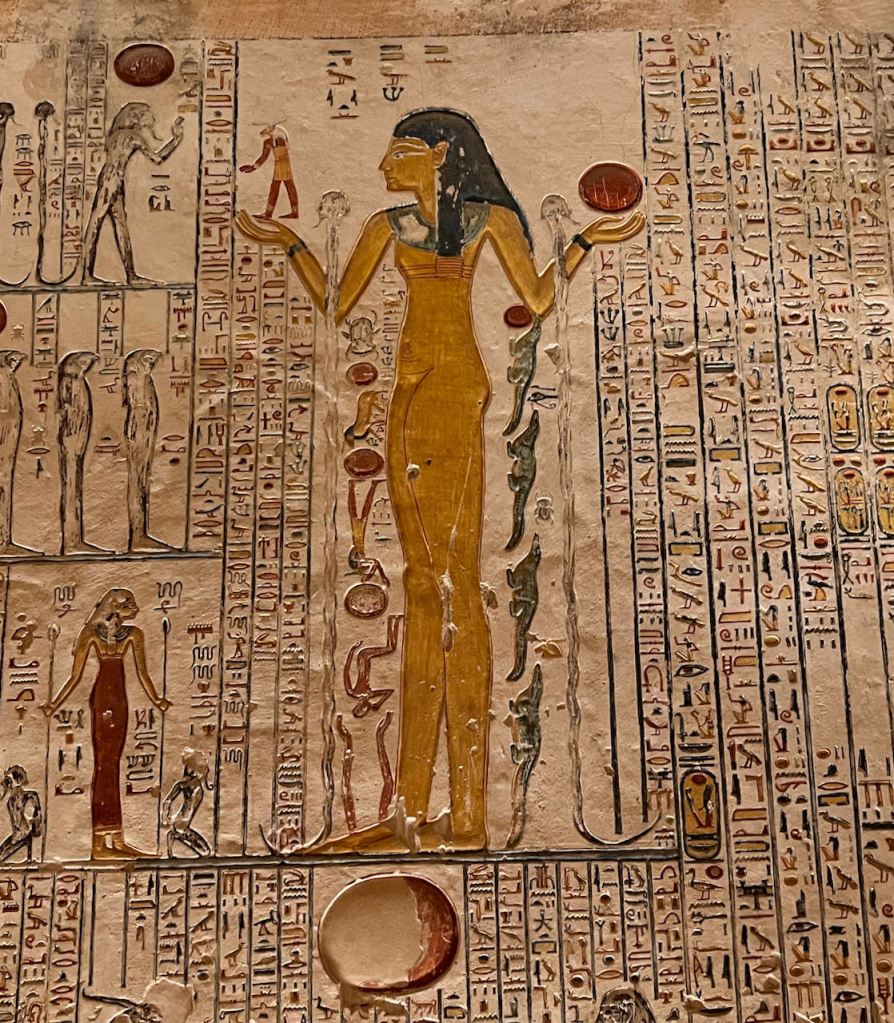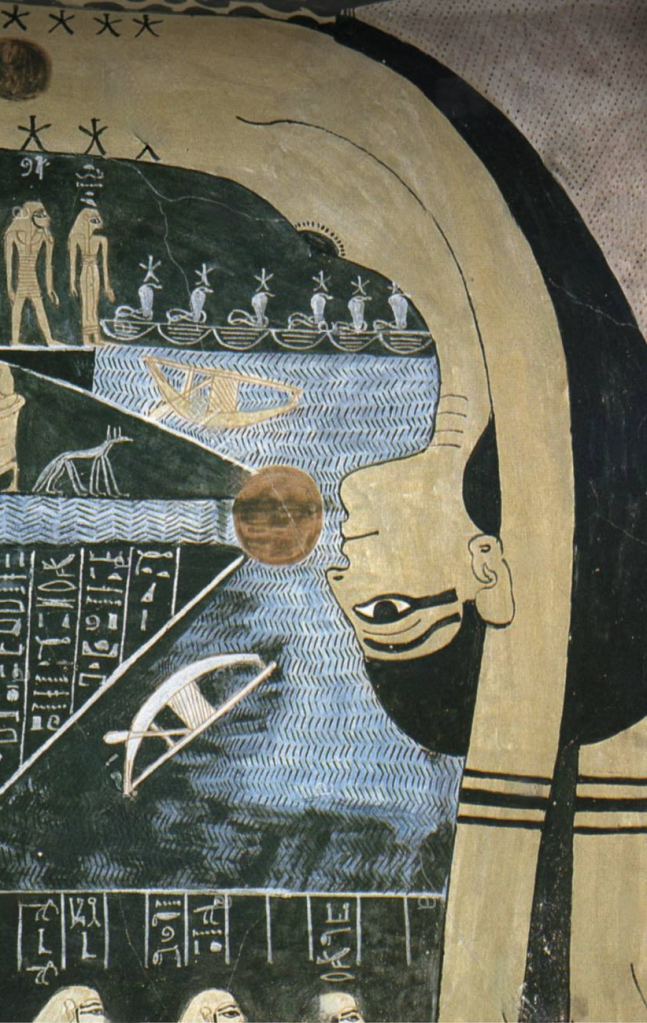The last few weeks have led me to several new connections with Isis that I hadn’t known about previously. I’m sharing the second one with you today. Admittedly, the associations do get a bit obscure, but that’s okay with me. I love teasing out those threads of connection to and for Her.
Today we meet a Goddess named Aperetiset, Aperet-Iset, or Aperet-Isis. She is, apparently, a local Goddess from Akhmim, aka Khemmis, aka Panopolis, in Upper Egypt. There, Her consort is the God of the Upright Phallus, Min, and Their child is Horus the Child. She is also in evidence in Osiris’ cult center of Abydos and at Athribis in Upper Egypt near the edge of the western desert. Great Isis was worshiped with Min at Koptos, not too far from both Upper Egyptian locations. Aperet-Isis is known as far back as the New Kingdom, and then we find Her more frequently throughout the Ptolemaic and later periods.
We have maybe a couple dozen references to Her, and the ones we do have seem rather colorless. She is called the Lady of Akhmim, Mother of the God, Lady of the Two Lands, and The Great—fairly common epithets. But there are two other, more interesting, epithets that I’ll get to in a moment.
First, let’s see if we can color outside the lines a bit and bring some additional tinting to our Lady Aperet-Isis.
First of all, Her name. The word “aper” means “to equip.” Aper-et is just “aper” with the feminine ending appropriate for a Goddess or a woman. And so, in the article I’m reading, it is translated as “She Who Equips the Throne,” (remembering that Iset means Throne). With what does She equip the throne? We don’t know. The article doesn’t speculate on that.
Perhaps with sovereignty? Sovereignty is always part of the discussion when it comes to the name of Isis Herself. If Isis IS the Goddess Throne, then to rightly rule, the king must sit in Her lap, on the throne, as Her child. That’s okay, as far as it goes. But Isis is far too expansive a Goddess to be confined to such a limited role. And, as all of you who have been reading along with this blog well know, She never was so confined. In fact, She eventually became The Goddess, the Encompassing All-Goddess, for so many, many of Her worshipers.
I happen to be studying something right now that I believe can shed some light on Aperet-Isis.
You might be familiar with some of the forms of the human being, especially prominent after death, such as the ka and the ba. There’s another one called the akh. The dead “become akh” when they have successfully passed through the weighing of the heart during the Judgment of Osiris. You might see them described as “transfigured spirits.” When you’re akh, you have, in essence, become divine. You have all your powers and may travel between the worlds—heaven, earth, or underworld—at will, dwelling with the Goddesses and Gods. Naturally, the Deities are Akh, too, and have even more akh-power than humans who are akh.
There are two adjectives that are almost always used to describe akhs: iqer and aper. In the briefest of definitions, iqer is “effective” and aper is “equipped.”
And with what are the divine akhs equipped? This we do know specifically. They are equipped with magical knowledge and power. Because they are aper—equipped—they are also iqer—effective—in doing whatever it is they wish to accomplish.
So, I think Aperet-Iset is not “She Who Equips the Throne,” but is instead the “Equipped Throne” or—taking Iset as a name rather than an object—”Equipped Isis.” To confirm that, some scholars have indeed understood Aperet-Isis as a form of Great Isis. As we know, being equipped with powerful magic is entirely within the natural purview of the Great Magician Goddess Isis. As Great of Magic, Our Goddess is incredibly competent and fully equipped with all Her magic. In tombs, we sometimes see human akhs describe themselves as “a lector priest who knows his spells.” And we know that Isis the Magician is perfect in casting Her spells, never hesitating or stumbling over a word. So I think we can take Aperet-Isis as a form of Isis that focuses particularly on Her magical strengths.
Equipped Isis may use Her magic in service to “the throne,” that is, the kingship. Under Her epithet of Lady of the Two Lands, this makes sense. And Great Isis was always concerned with maintaining the legitimate rule of Her son Horus over Egypt.
While usually shown in woman-form with horns-and-disk crown, vulture headdress, and sometimes two plumes, Aperet-Isis is also occasionally shown as a lioness-headed Goddess. She is usually in the company of other Deities, such as Min, Osiris, Horus, Isis, and Nephthys. In the mammisi, or birthhouse, at Edfu, She is shown with 13 other Goddesses, including two Isises and three Hathors. In Egyptian theology, it is no contradiction to have duplicates of the same Deities shown together, nor is it a contradiction to have a minor form of Isis, Aperet-Isis, shown with other forms of Isis.
We also find Aperet-Isis at Abydos, where Her powerful magic would be needed to resurrect and maintain Osiris. In the area around Akhmim, Her name is listed on funerary stelae, as well as being included in the offering formulae for tombs. This again connects Equipped Isis with the afterlife, where Her magic is required for renewal. And this is where the first of those more interesting epithets come in. One says, “Aperet-Isis, Her Face Coming Forth from the Land of God.” The Land of God, in this case, is the otherworld, the land of the dead, as well as the land of the Deities. As She emerges from this place, She is able to assist the dead in their transition to the next life. It is very valuable to have a Goddess Who is equipped with magic and knowledge available to help us in that great change.
The second of our more interesting epithets is “Aperet-Isis in the Temple of the Moon.” This is through Her connection to Min, Who is considered a Moon God. He is called Defender of the Moon and He Who Dwells in the Temple of the Moon. Generally, His sanctuaries were known as the Hwt I’ah, the House or Temple of the Moon—and this included Akhmim. As the Lady of Akhmim then, Aperet-Isis is also a Moon Goddess. So if you’re looking for a particularly lunar (and magical) form of Isis, Aperet-Isis may be the one for you. (More on Isis as a Moon Goddess here.)
At Athribis and Akhmim, Aperet-Isis is connected with the Goddess Repyt, known to the Greeks as Triphis (which sounds like an epithet of Hekate, but isn’t). More likely, this Greek rendition comes from combining the Egyptian feminine article, ta, with the Egyptian term rpyt, meaning “lady” and adding the Greek grammatical ending. So, the Goddess Repyt is simply The Lady. Repyt is often lioness-headed, too, and is paired with Min as consort. All three Deities, Min, Aperet-Isis, and Repyt, might be represented together. If Repyt is The Lady and Aperet-Isis is The Lady of Akhmim—and both are mothers of a Child God, Horus or Kolanthes (the Greek version of a little-known Child God)—we begin to see how the Goddesses come together. Ah, the glorious mess that is Egyptian Deities and how They refuse to have impermeable borders!
But now, I think we have at least a bit more color for our Goddess, “Equipped Isis.” She is a magically powerful Mother Goddess, a Queenly Goddess of the Two Lands, a Goddess of Magical Renewal, and a mystic Goddess of the Moon. She is most known from the New Kingdom onward, which is the same period when the worship of Great Isis was growing and spreading throughout the Mediterranean and further. It was, no doubt, inevitable that these two Goddesses would meet and unite.











